Media Literacy

Historical context
While fake news has been a buzzword in recent years, bias in journalism is not a novelty of the present. Throughout US history, writers and editors have infused their own opinions and perspectives on the events they reported on, to the point that during World War II, the Office of War Information conducted research on how war-time rumors spread. This set includes newspaper accounts of three events, the sinking of the USS Maine in 1898, the emancipation of Eliza Winston in 1860, and the Indian Citizenship Act of 1924. In comparing multiple accounts of these sources, students can identify corroborating evidence and editorial commentary, practicing media literacy skills that will be immediately practical in their everyday lives.
Culturally relevant pedagogy considerations
Identifying bias and finding where information may be misleading requires critical analysis of the source. Tenet 3 of Culturally Relevant Pedagogy asks students to examine and critique the status quo. Rather than accept information at face value, students must critique the provided information and who created it. Examples of this are found in the WWII Rumor Project sources in this set. Further support can be found through the Civic Online Reasoning project. When looking at the other sources, first consider the context of the article - where is it on the page? What stories surround it? What is the headline? Then examine the target source itself for the author’s perspective or bias. Utilize the Chronicling America description links of each newspaper at the head of the webpage and look in the text for language use of satire or sarcasm, period-specific cultural references, and other ways authors signal to readers a particular point of view. Next, use lateral reading strategies with other sources on the same topic included in this set to try to find corroborating information that might point to a core truth. How else might a historian verify information in their research? How do you verify news you encounter today?
Content warning
Several sources in this set contain implied or explicit racist language. When presenting sources with dehumanizing content, be sure to pre-read and prep your students for what to expect as well as providing time to debrief. Expect to encounter emotional responses to such language. While it’s important to establish this content in historical context, do not excuse it as a “product of its time.”
This set was compiled by Wendy Harris, high school teacher at Metro Deaf School in St. Paul, Minnesota.
Transcript | Watch Video on Vimeo
Classroom ready resources
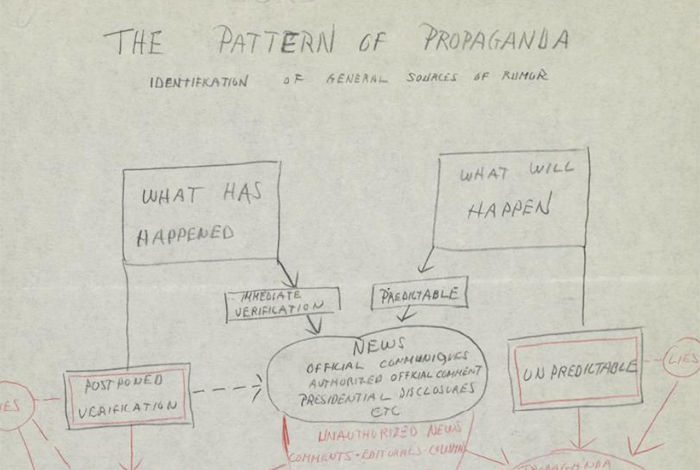
The Pattern of Propaganda
Date: 1942-43
Creator: World War II rumor project
Type: Manuscript
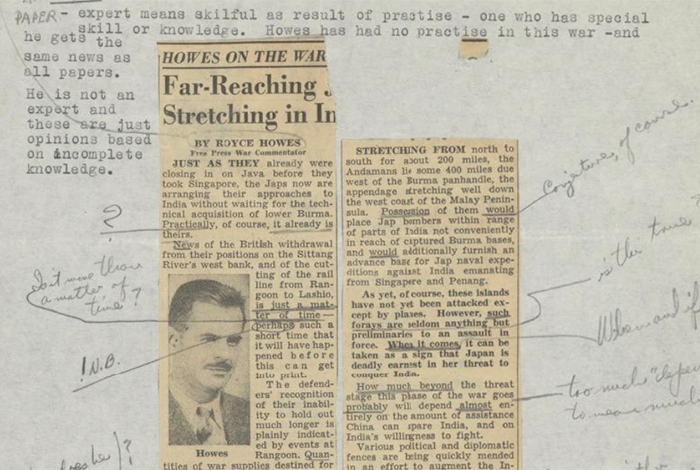
Examining A Column of Opinion
Date: 1942-43
Creator: World War II rumor project
Type: Manuscript
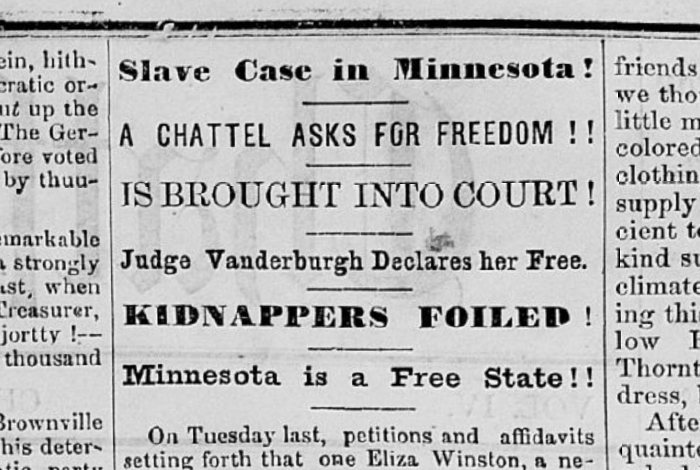
Slave Case in Minnesota!
Location: top of column 6
Date: September 4, 1860
Creator: The Chatfield Republican (Chatfield, MN)
Type: Newspaper

The Hennepin County Slave Case–Triumph of the “Freedom Shriekers”
Location: top of column 3
Date: August 24, 1860
Creator: The Weekly Pioneer and Democrat (Saint Paul, MN)
Type: Newspaper
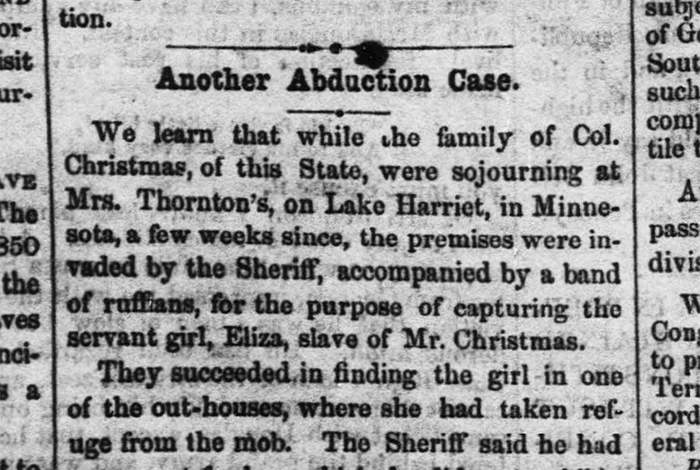
Another Abduction Case
Location: bottom of column 4
Date: September 12, 1860
Creator: The Weekly Mississippian (Jackson, MS)
Type: Newspaper
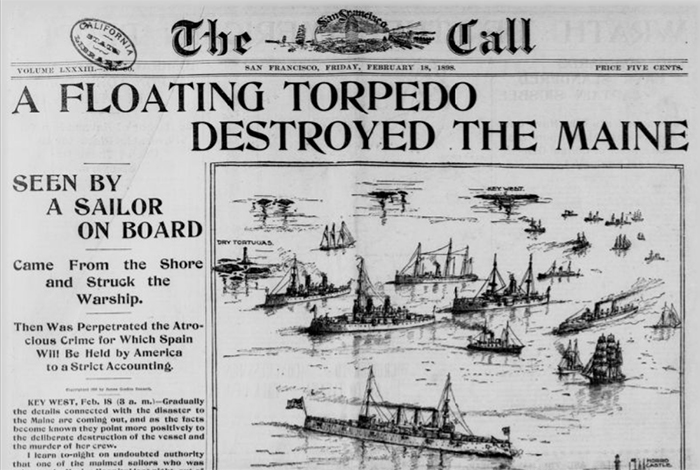
A Floating Torpedo Destroyed the Maine
Date: February 18, 1898
Creator: The San Francisco Call (San Francisco, CA)
Type: Newspaper
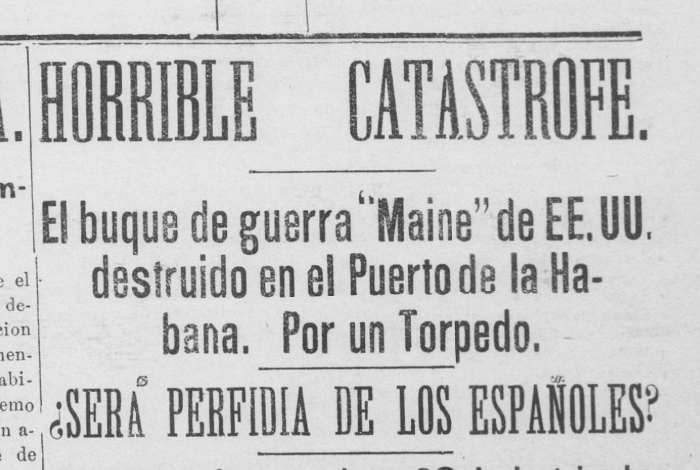
Horrible Catastrofe
Location: column 4
Date: February 19, 1898
Creator: El Observador Mexicano (Phoenix, AZ)
Type: Newspaper
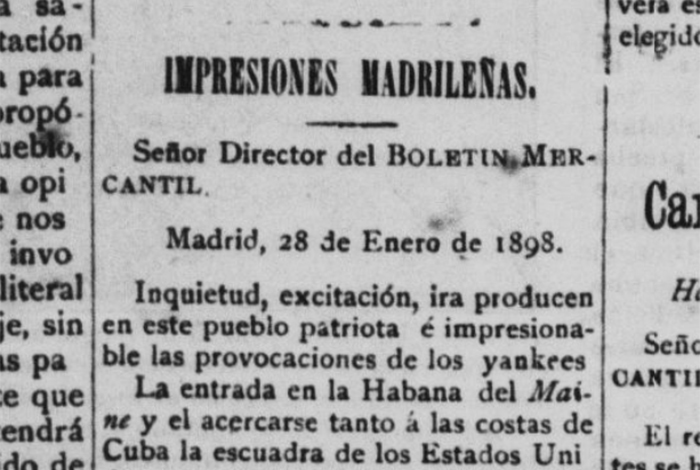
Impresiones Madrileñas
Location: column 2
Date: February 18, 1898
Creator: Boletín mercantil de Puerto Rico (San Juan, PR)
Type: Newspaper
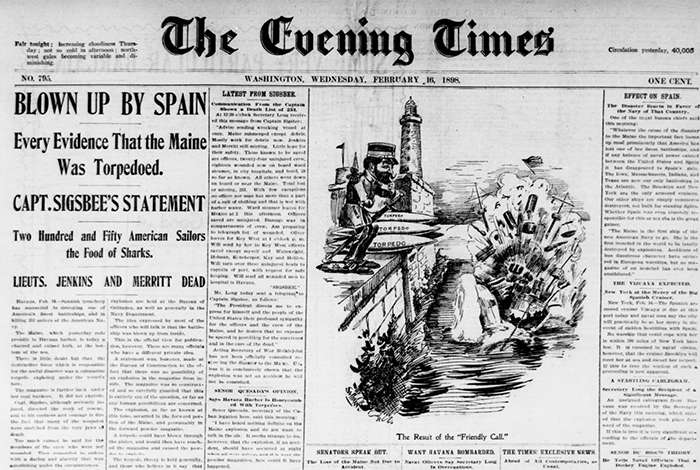
Blown Up By Spain
Location: columns 1, 2
Date: February 16, 1898
Creator: Evening Times (Washington, DC)
Type: Newspaper
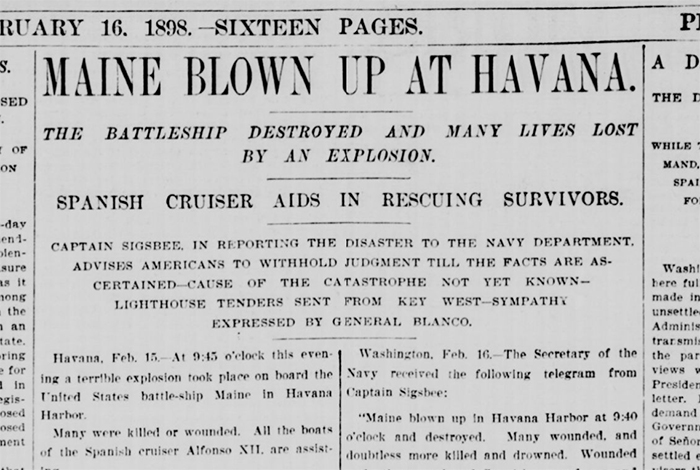
Maine Blown Up at Havana
Location: columns 4, 5
Date: February 16, 1898
Creator: New-York Tribune
Type: Newspaper
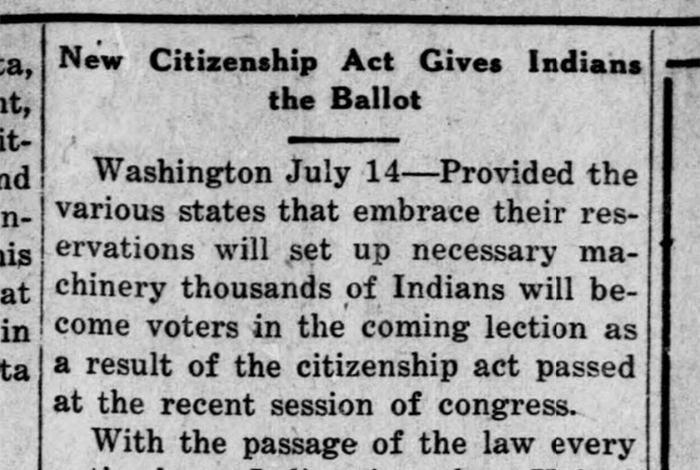
New Citizenship Act Gives Indians the Ballot
Location: top of column 3
Date: July 17, 1924
Creator: Watauga Democrat (Boone, NC)
Type: Newspaper

Indian Citizenship
Location: middle of column 1
Date: June 27, 1924
Creator: The Caldwell Tribune (Caldwell, Idaho Territory)
Type: Newspaper
Contact
Meghan Davisson (meghan.davisson@mnhs.org), grant director
Disclaimer: Content created and featured in partnership with the TPS program does not indicate an endorsement by the Library of Congress.